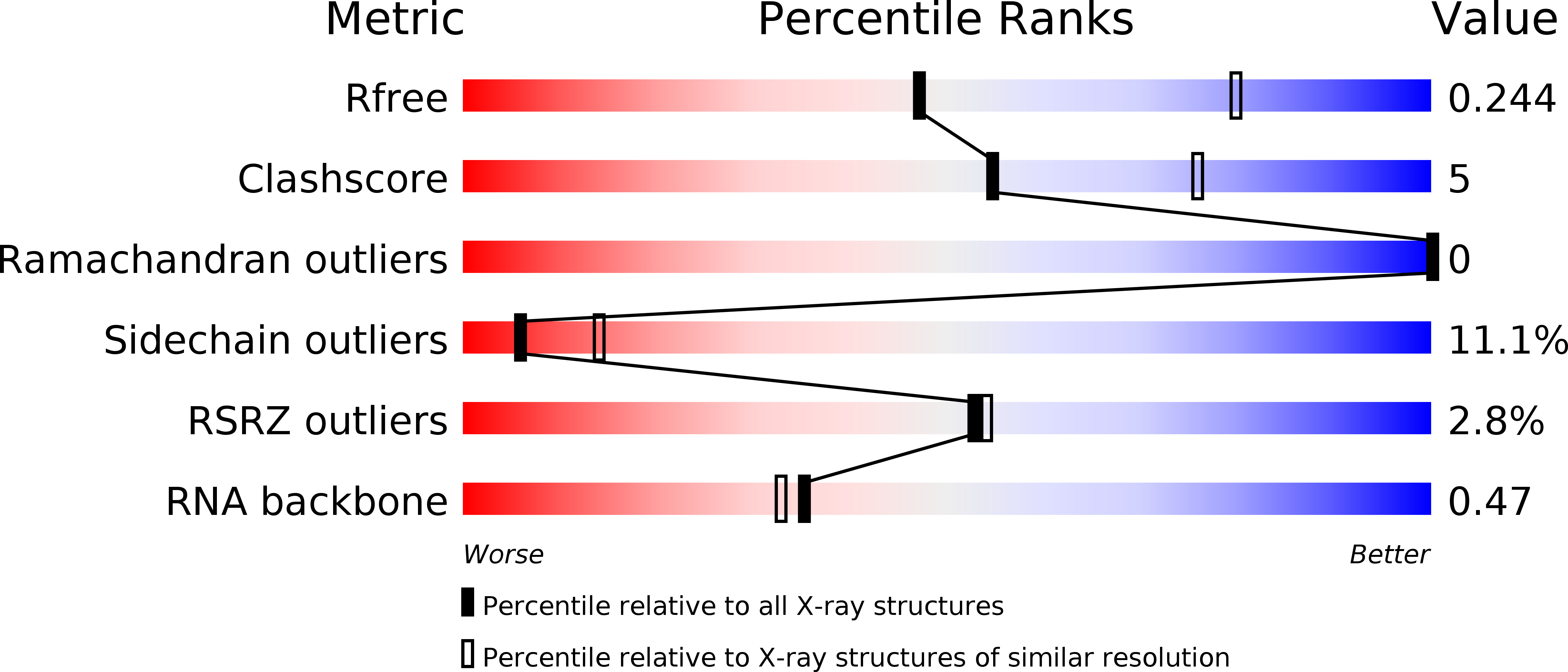
Deposition Date
2016-02-11
Release Date
2016-06-15
Last Version Date
2024-01-10
Entry Detail
PDB ID:
5FW3
Keywords:
Title:
Crystal structure of SpCas9 variant VRER bound to sgRNA and TGCG PAM target DNA
Biological Source:
Source Organism:
STREPTOCOCCUS PYOGENES (Taxon ID: 1314)
SYNTHETIC CONSTRUCT (Taxon ID: 32630)
SYNTHETIC CONSTRUCT (Taxon ID: 32630)
Host Organism:
Method Details:
Experimental Method:
Resolution:
2.70 Å
R-Value Free:
0.24
R-Value Work:
0.21
R-Value Observed:
0.21
Space Group:
C 1 2 1


